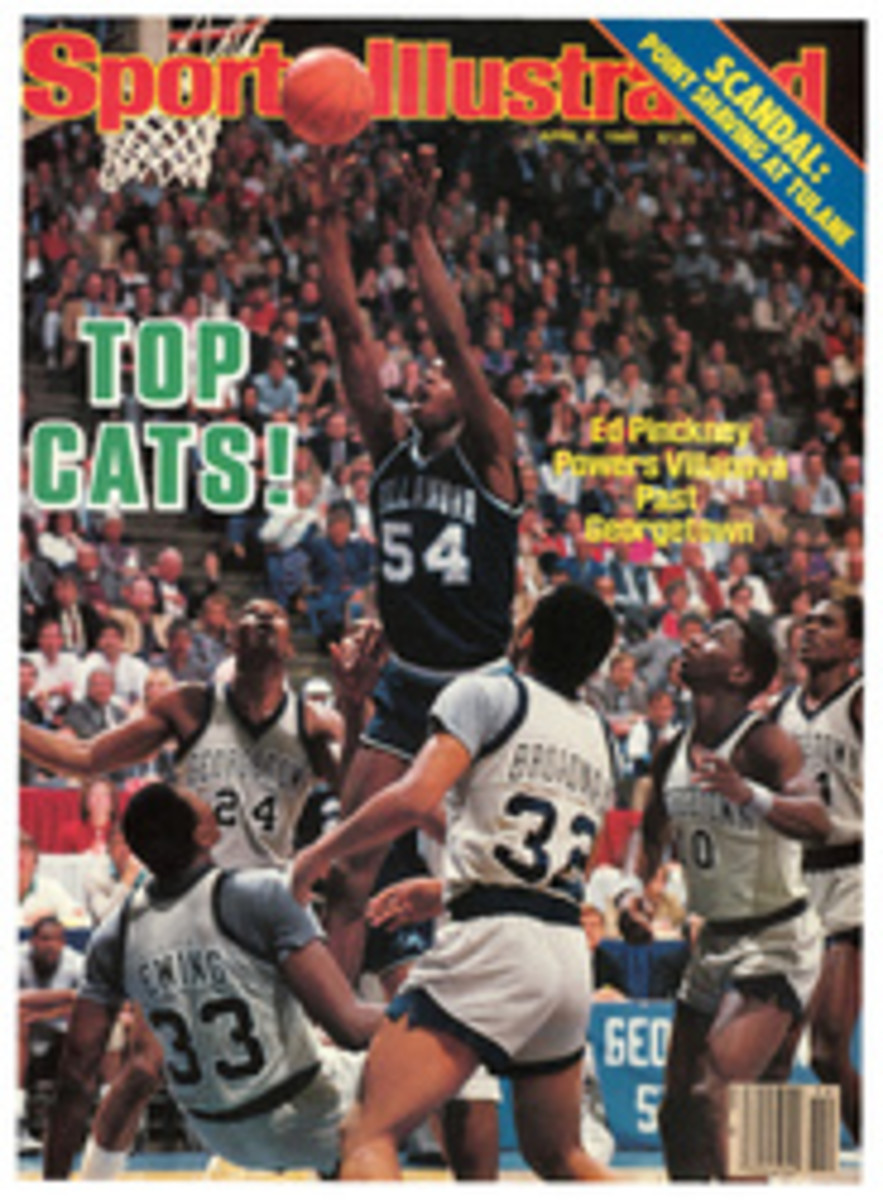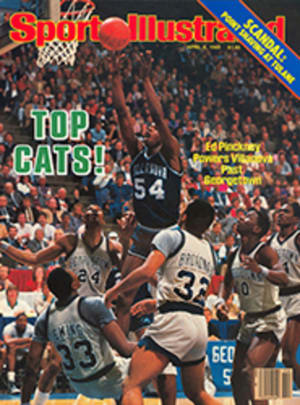
FOR THIS ANGLER, THE AROMAS OF A TACKLE SHOP ARE RICHLY EVOCATIVE
Fishing is generally considered a malodorous sport, but to an angler even the finest delicatessen or bakery fails to offer fragrances as tantalizing as those found inside a good tackle shop. The delicious smoky scent of fly-rod varnish or the satisfying redolence of the beeswax and pine pitch used on fly-tying thread are as appealing as the aroma of a fine cheese or a delicate pastry.
For me, tackle-shop scents rekindle bright memories of the shop in the small Pacific Northwest city where I was born. My father often took me there, and I looked forward to those visits almost as much as I did to the fishing itself.
The shop was large and dark and drafty, and it always had a strong smell of new leather from the belts and hunting boots on display. Along one wall was a heavy glass case, trimmed in wood, with sliding doors that opened only on the side where the clerks stood. The case held all kinds of gleaming treasures: handsome fly reels, shining steel knives, compasses in leather cases and large, compartmented wooden trays brimming with colorful trout flies. I spent many pleasant moments with my face pressed against the side of the case, admiring its contents, listening to the quiet fishing talk of the men who always seemed to be in the store, and breathing the rich, pungent odor of new leather.
When I was eight we moved to a town in Virginia far too small to have a tackle shop. But it didn't really need one, because it had Tignor's store. Tignor's was locally famous for the astonishing quantity and variety of goods its owner had managed to cram into a small space. I liked it because it had the same leathery smell as the tackle shop back home, but there was something else, too—a warm, musty smell that seemed to have been baked into the small building by years of Virginia summer sunshine. Most of Tignor's stock was in cardboard boxes of every size and shape that were stacked from the floor to the ceiling. When you went there and asked for what you wanted, Mr. Tignor would begin opening boxes until he found it.
I don't remember buying fishing tackle at Tignor's, but I do recall an urgent trip there for a tube of model-airplane cement. Mr. Tignor searched until he found a tube. I paid for it and rushed home, where I discovered on the first squeeze that the tube was as hard as rock. It probably had been in Tignor's store since before I was born.
That was another thing about Tignor's: Although he nearly always had what you wanted, you could never be certain it was fresh.
Whenever I smell tea I think of one of the most unusual tackle shops I ever saw, a little place called the Red Spinner in the settlement of Hatepe on the eastern shore of Lake Taupo in New Zealand. It contained only a bare counter, a single shelf with a few fly reels and a pair of wooden chests with shallow drawers. The usual tackle-shop scents were absent; this place smelled only of tea.
The proprietor, whose name I later learned was Bruno Kemball, was standing behind the counter when I entered. I had been searching for a locally manufactured version of a famous English fly reel, and after glancing at the meager stock I asked Kemball, without much hope, if he had one. He glared at me and, drawing himself up, said in a frosty British accent, "Young man, I learned long ago never to compromise on English quality. I advise you to do the same. I carry only genuine English-made reels."
Properly chastened, I asked if he might recommend some flies for the Tongariro River, where I was bound. Without a word he went quickly to one of the wooden chests and opened a drawer. Inside were some of the most beautiful trout flies I had ever seen, arranged in meticulous order on a bed of velvet. "You'll need two of these," he said, using a pair of tweezers to pick up a pair of the flies and place them carefully in a small cellophane envelope as if they were rare postage stamps. He opened another drawer and repeated the process, continuing until at last he handed me half a dozen cellophane envelopes, each containing two flies. "For the Tongariro," he said.
I paid him, mumbled my thanks and departed, feeling as though I had just left No. 10 Downing Street.
A day or two later, while fishing on the Tongariro, I mentioned the experience to another angler. "Let me tell you about the first time I went to the Red Spinner," he said. "Old Bruno was busy, so I thought I'd save time and help myself. I went over to the chest, opened a drawer and was just reaching in for a fly when Bruno caught me across the wrist with a karate chop. 'I'll thank you to keep your bloomin' 'ands off my flies!' he says. 'Next time use the bloody tweezers; that's what they're there for!' "
I've sampled the atmosphere of many other tackle shops, including some very famous ones. Each had its own personality, its own satisfying scents and tantalizing wares, and I've never been in one I didn't like. But fishing has become a very big business in recent years; as a result, the shops, the salesmen and the sport have become less personal, and some of the charm is missing.
But the shops smell pretty much as they always have, and whenever I enter one and recognize those old familiar scents I feel something of the excitement of a small boy with his face pressed against a glass case full of gleaming treasures, breathing the rich scent of new leather and listening to fishing talk. At least that never seems to change.
ILLUSTRATION
STUART GOLDENBERG

